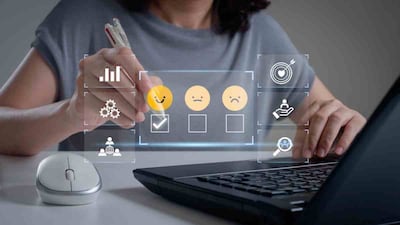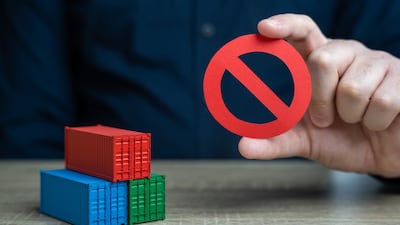Many people with epilepsy live with the constant risk of having a seizure. At any moment a seizure might force them to the ground or cause them to zone out, possibly behind a desk or a steering wheel. They go to bed each night knowing there’s a risk, albeit a small one, that they won’t wake up in the morning. For people whose seizures are not controlled by drug therapies – approximately one million of the three million people in the US with epilepsy (more than 60 million people worldwide), every day is a series of risk-benefit analyses that would be unthinkable to most of us. Even though I have been seizure-free for a year, should I drive? Will I have a seizure while giving the baby a bath? Can I scuba dive? Today’s top blog post on the Epilepsy Therapy Project (www.epilepsy.com
) asks: “…Does anyone else constantly think about their epilepsy? Everything I do in my daily life is affected by...
Read the full article – start your free trial today!
Join thousands of industry professionals who rely on Medtech Insight for daily insights
- Start your 7-day free trial
- Explore trusted news, analysis, and insights
- Access comprehensive global coverage
- Enjoy instant access – no credit card required
Already a subscriber?







